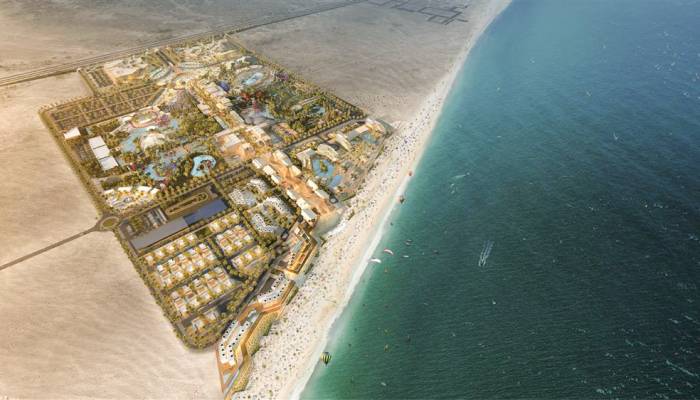
Muscat: New decisions taken by the government will help streamline investment in the country’s tourism sector, which is a key part of Oman’s economic diversification plans under Vision 2040.
Tourism has been earmarked as one of a number of important sectors targeted for expansion, to reduce the country’s dependence on oil-and-gas based sources of income, and introduce more revenue streams to build a stronger and more resilient economy that will benefit the country and its people in the long-term.
As part of this, all tourism properties owned by Oman Investment Authority (OIA) have now been transferred to Omran, the country’s tourism development arm. The decision comes shortly after Omran became a subsidiary of OIA.
A number of projects will now be overseen by Omran, including the integrated Yeti Sustainable Tourism City project, a 1.5 million square metre waterfront tourism complex, and the 5-star Alila Hinu Bay Hotel in the Wilayat of Mirbat, Dhofar, with its 112 room, integrated leisure facilities and free-hold villas.
Additionally, Naseem Hotel in Al Jabal Al Akhdar with its chalets and adventure theme park, and the freehold Hay Al Sharq tourism complex, have also been transferred to Omran. A number of shares owned by OIA in several projects will now go to Omran as well. These include its shares in ASAAS, a joint-stock company set up for development and investment.
“Such a measure will drive Omran’s growth as it enters a new stage of doing business and strengthens its leading role in supporting economic diversification in the Sultanate, as one of the strategic partners of Oman Vision 2040,” said Hashil Obaid Al Mahrouqi, CEO of Omran. “This step will allow the group to raise the bar to realise its national objectives, alongside partners in tourism and other primary sectors.”
“Omran plays a pivotal role in developing major projects, stimulating investments, and establishing a full-fledged hospitality proposition, all inspired by the unique cultural and natural heritage of the Sultanate,” added Al Mahrouqi.
The move also fits in with the policy of efficient government investment, under the Tenth Five -Year Plan. To help reduce wasteful expenditure and investment, OIA had last September launched the Rawabet programme, which provides guidelines for all state-owned organisations to establish common goals for investment, which are in keeping with the aims of the authority towards achieving Vision 2040. The operational framework of Omran is based on four key pillars: tourism, development, hospitality and development partnerships.
Omran owns, manages and invests in many tourist assets across the Sultanate amounting to 26 hotels and resorts with over 3,800 hotel rooms, ranging from luxury hotels and large-scale beach resorts to conference hotels and business hotels downtown, joint tourism as well as heritage and environmental destinations.
Such assets include the Millennium Resort Mussanah, Alila Al Jabal Al Akhdar Resort, Atana Musandam Resort, Atana Khasab Hotel, Crowne Plaza Duqm, City Hotel Duqm, Crowne Plaza Madinat Al Irfan, W Muscat Hotel, JW Marriott Muscat Hotel, Dibba Beach Resort and other hospitality destinations in the Sultanate.
This is in addition to Al Hoota Cave, Nizwa Fort, Harat Al Bilad and the Majlis Al Jinn Cave. The development projects of Omran include Madinat Al Irfan, which is considered the largest urban development project in the Sultanate, Oman Convention and Exhibition Centre and the InterContinental Muscat Hotel renovation project.
Since the transfer of its ownership to OIA, Omran has witnessed a series of developments, including the formation of its new board that has already made key decisions regarding some tourism development projects in the Sultanate, most notably the waterfront project at Sultan Qaboos Port, and the integrated Yeti Sustainable Tourism City.